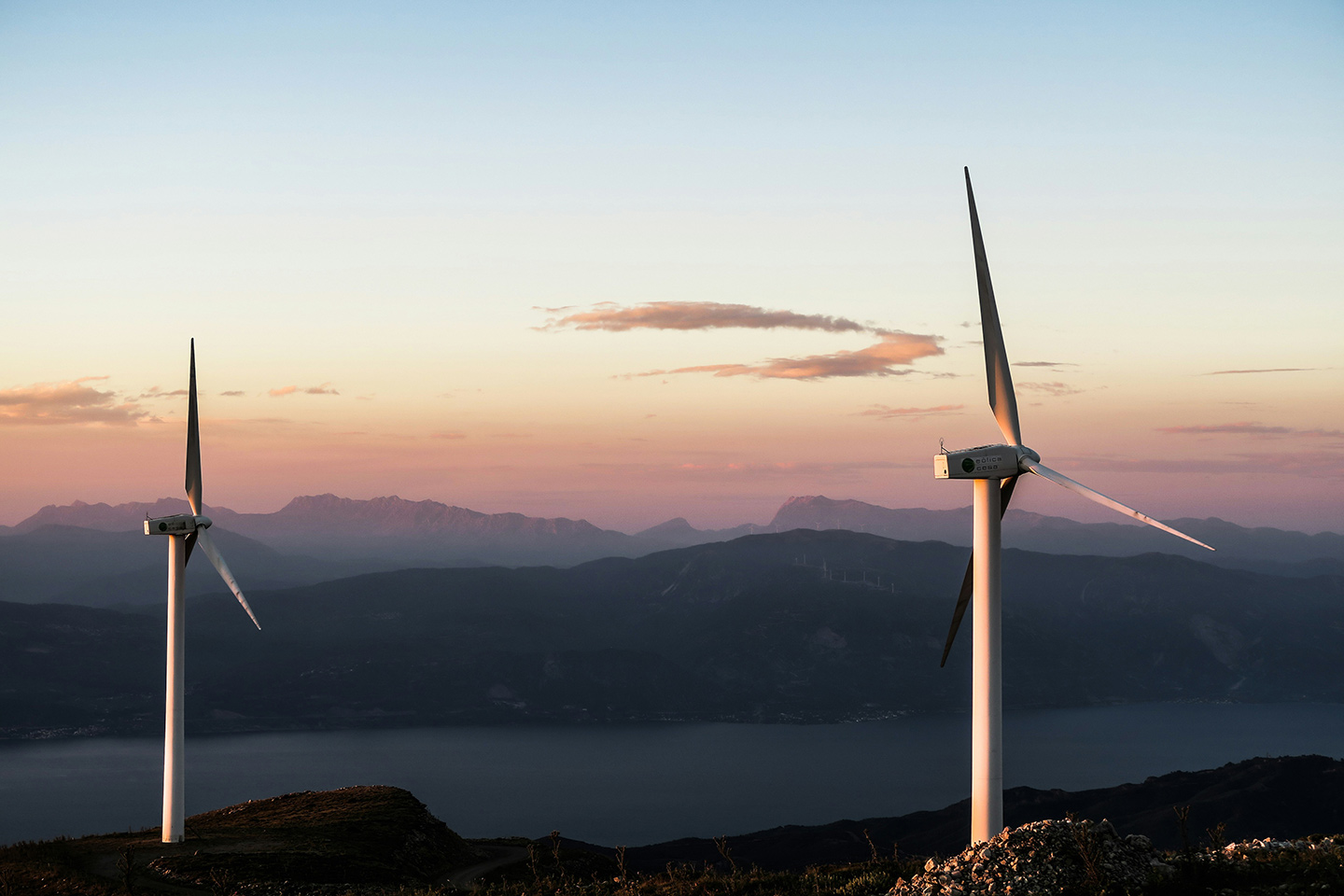Op-ed published in Energy Storage News, 6 Feb 2025: "Today’s electricity-consuming companies lack sufficient tools to manage the profile risk associated with renewables. This has resulted in counterparty risk and the size of balance sheets becoming central factors in determining whether a counterparty can be trusted to fulfill the agreement. However, it is neither the most efficient solution nor is there enough balance sheet capacity to view profile risk purely as a financial risk. With the rapid industrialization of batteries and the continued maturation of technology and electricity systems, actors like Flower can build large portfolios of flexible resources – becoming the tool to manage profile risk and bridge the needs of both wind and solar power as well as large-scale electricity consumers," writes John Diklev, founder and CEO of Flower.
/https%3A%2F%2Fwww.flower.se%2Fwp-content%2Fuploads%2F2025%2F02%2FSecond-Opinion-John-Diklev.jpg)
“In recent years, renewable energy has emerged as the most cost-effective option for building new electricity production. To facilitate the expansion of renewables, various financing mechanisms have been developed. The first generation of renewable energy expansion was subsidized by the state, enabling the initial shift toward today’s energy system but not constituting a credible long-term solution for the entire energy transition. However, renewables proved they could stand on their own, and subsidies were reduced or removed.
To continue investing in renewables, Pay-as-Produced Power Purchase Agreements (PaP PPAs) were introduced, securing cash flow and enabling project financing despite profile risk. With PaP PPAs, the profile risk was transferred to the buyers of these agreements, typically heavy industry or data centers. Initially, these actors were willing to take on profile risk—it was a small part of their price hedging, and the upside was sufficiently attractive. But as PaP PPAs grew in significance as a hedging mechanism, it became unsustainable for many actors to accept the profile risk in their price hedging strategies. Thus, PaP PPAs revealed their limitation in scaling and supporting both the necessary expansion of renewables and the needs of the industry.

“Through both energy storage and controllable consumption and production, the industry can now reliably and sustainably depend on renewable energy sources.”
To continue investing in and building renewables, Baseload PPAs (BL PPAs) began to be sold. In these agreements, profile risk is borne by the owners of renewable solar or wind farms. They were developed in response to the industry’s need for predictability. However, BL PPAs turned out to be volatile financial instruments rather than secure cash flows, causing problems for many individual wind farms that had entered into BL PPA agreements. Thus, the three alternatives—(1) subsidies, (2) PaP PPAs, and (3) BL PPAs—have demonstrated their limitations as scalable solutions.
It is this context that highlights where the market currently stands: those taking on profile risk today cannot manage or structurally reduce that risk and instead need a large balance sheet to be considered a credible counterparty. Today, developments are progressing rapidly, and tools that can effectively manage profile risk will be available in the next generation in the form of flexibility. Through both energy storage and controllable consumption and production, the industry can now reliably and sustainably depend on renewable energy sources, even when they are weather-dependent.
As with most contract negotiations, it is reasonable that the party able to influence a risk should bear it. In the same spirit, an actor with a substantial portfolio of flexible resources should enter into PaP PPAs with renewable parks. By doing so across multiple parks, profile risk is reduced in the first stage and even further with a flexible portfolio. This is why such an actor, equipped with the tools to manage profile risk, can then sell BL PPAs and thereby bridge the needs of renewable parks with those of the industry.
By systematically reducing counterparty risks through the development of tools, we move away from the view that financial strength alone is the only way to handle financial risks. This is also what has been missing so far—a party that fills this role. To enable the electrification of society, we need to develop smart solutions for efficiently sharing risk and utilizing capital structures.
At Flower, we have already seen demand for this role and look forward to further building solutions that scale while respecting each party’s conditions and needs. By ensuring that renewable parks can secure PaP PPAs and that the industry can secure BL PPAs, we accelerate the transition and ensure that Europe continues to lead the way.”
Market update
/https%3A%2F%2Fwww.flower.se%2Fwp-content%2Fuploads%2F2025%2F02%2FELLEVIO.Final-102_web-1000x1246-1.jpg)
Perspective
/https%3A%2F%2Fwww.flower.se%2Fwp-content%2Fuploads%2F2025%2F01%2Fflowbased-Flower.jpg)
Op-ed
/https%3A%2F%2Fwww.flower.se%2Fwp-content%2Fuploads%2F2025%2F01%2FNuclear-John.jpg)
Perspective
/https%3A%2F%2Fwww.flower.se%2Fwp-content%2Fuploads%2F2024%2F11%2FWindpower-offshore-Flower.jpg)